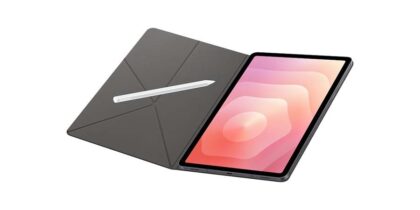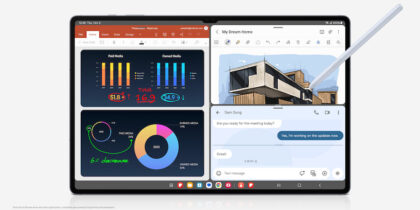During a year of toilet paper shortages and decreased food security, the general population realized what Mesilla Valley Transportation (MVT) has always known: Truck drivers are essential workers providing an invaluable public service. But it’s getting harder for trucking companies to find people who want to spend their life on the road, especially when outdated in-cab technology gets in the way of drivers’ increasingly digital job.
“The transportation industry has a 100 percent turnover rate with new drivers,” says Mike Kelley, CIO of MVT. “There are lifestyle reasons for that, but it’s also asking them dumb things, like ‘Are you there yet?’ Fleet managers should already have that information.”
But without a modern telematics solution in place, fleet managers don’t have that information — and they need it, because customers are seeking increased supply chain visibility. Kelley knew MVT could improve their drivers’ experience and their customers’ experience with the right technology — or rather a collection of integrated technologies.
The need: Cloud-based fleet technology
Innovations in consumer technology have created new IT opportunities for the transportation industry. For instance, sensor technology and geofencing unlock the internet of things, while apps and application programming interfaces (APIs) allow trucking companies to automate workflows, integrate navigation and streamline communications.
How to modernize fleet management
Get your free guide to improving fleet performance and profitability with in-cab mobile technology. Download Now
Kelley knew MVT could only leverage these advanced technologies if they had these structures to support them:
- A cloud-based platform to integrate enterprise apps and truck/sensor technology
- A reliable mobile interface for drivers
Instead, they had supposedly top-of-the-line software that was outdated, inflexible and running on a fleet of old, mismatched tablets.
The software included the core components MVT needed — workflow, hours of service/ electronic logging devices (ELDs), navigation and messaging — but the functionality wasn’t integrated. Drivers viewed their schedule on one screen, compared it to their service hours on another screen and entered customer addresses into the navigation app manually. Because forms couldn’t be prefilled and GPS couldn’t be optimized, fleet managers would ask drivers for information the company already had.
“Methodologies and technologies were changing so quickly in the modern consumer market, but the enterprise market was years behind,” says Kelley. “Updating the workflow in our previous telematics solution was very arduous, and we struggled to leverage all the sensors and modern capabilities we needed to innovate rapidly and enhance the driver experience.”
Kelley and his team began looking for a cloud-based solution that would let MVT adopt new technologies and integrate them all.
The solution: Platform Science and Samsung Galaxy Tab Active
Starting in 2019, MVT began equipping each of their 1,600 trucks with a ruggedized Samsung Galaxy Tab Active, which gives drivers access to a state-of-the-art telematics solution from Platform Science.
“When we started on this quest to look at different providers, we interviewed multiple companies, but everything on the market was either a consumer-grade tablet and/or their understanding of the transportation industry was very limited,” says Kelley. “We found, in Samsung and Platform Science, partners who understood the transportation industry and [our desire to let] our drivers get to be drivers, not data entry specialists.”
The new fleet technology fully integrates workflow, electronic logging, navigation and messaging. It also pulls comprehensive real-time data from the truck’s engine, its safety cameras and any back-office tools such as the dispatch system and customer relationship management (CRM) software, as well as geofences around customer locations.
Now, a single user-friendly dashboard gives drivers all the information they need, including where and when to stop, instructions for each stop and where to refuel for the best gas prices. As the tablet guides drivers seamlessly from one destination to the next, it also displays a digital countdown clock (as an ELD), enables real-time messaging with dispatch and continuously monitors the truck’s engine for error codes and safety incidents. Driver forms are prefilled with customer data, and the tablets’ GPS lets fleet managers know when drivers enter and exit customers’ property.
The Tab Active series’ potential
Drivers also use their Tab Active devices for communicating load status, scanning documents to be paid in a timely manner, taking photos of shipments or trucks and documenting inspections of trucks, most of which they couldn’t do with the previous solution because the old tablets were hard-wired into trucks to prevent the devices from being dropped or weather-damaged. But that’s not a concern with the Tab Active series, which meets military standards for mobile device durability.
“Technology is important to the driver experience, [letting us] automate work we’ve been asking drivers to do for years,” Kelley says. “The Samsung/Platform Science solution is providing us with an infrastructure that allows us to enhance the driver experience. It’s also making it very easy for us to innovate and provide information for our customers, real-time.”
Learn more about how the Galaxy Tab Active3 and Tab Active Pro can take your drivers anywhere they need to go. To get more ideas for improving driver retention, check out three more trucking technology solutions from Samsung.







